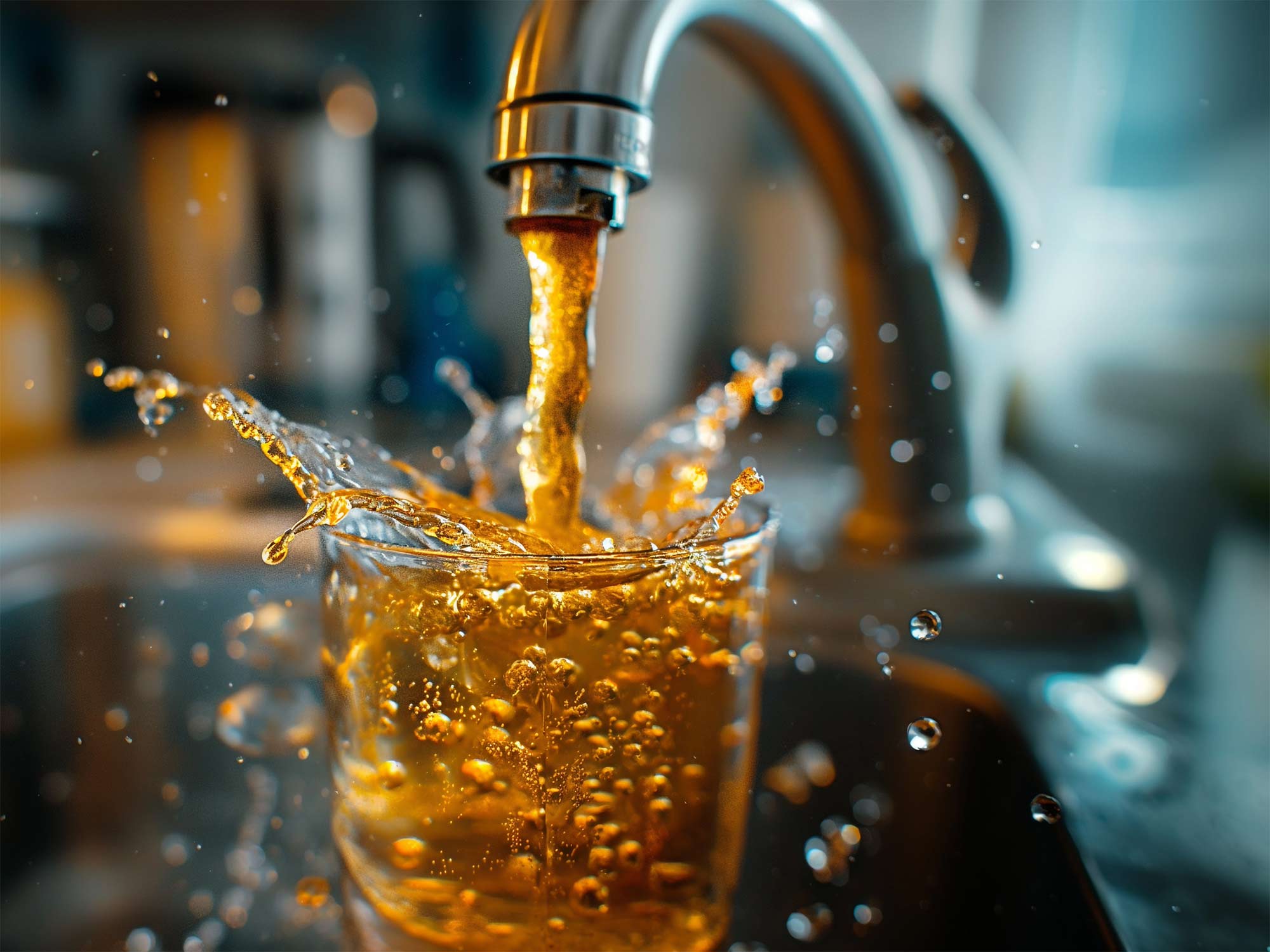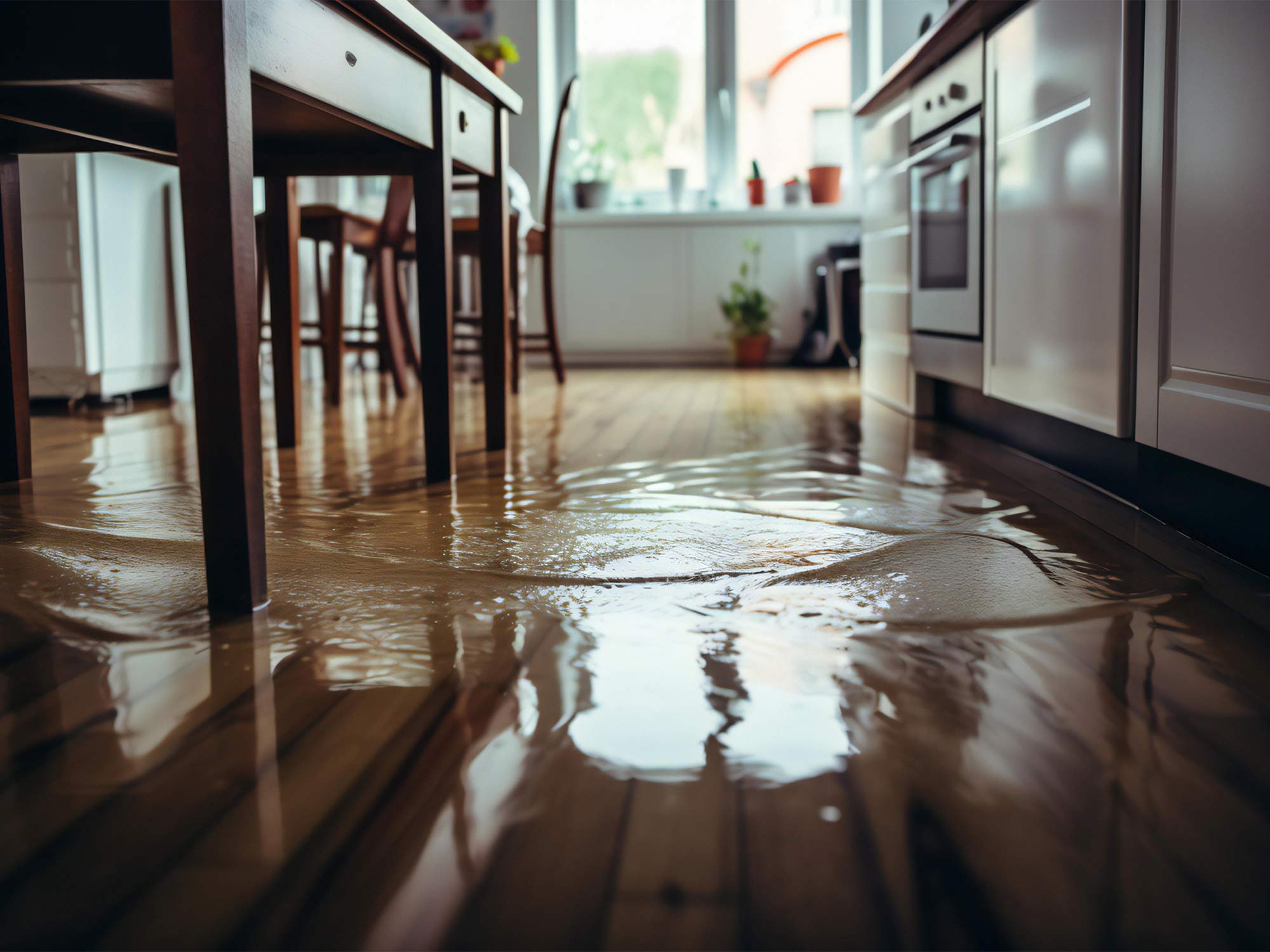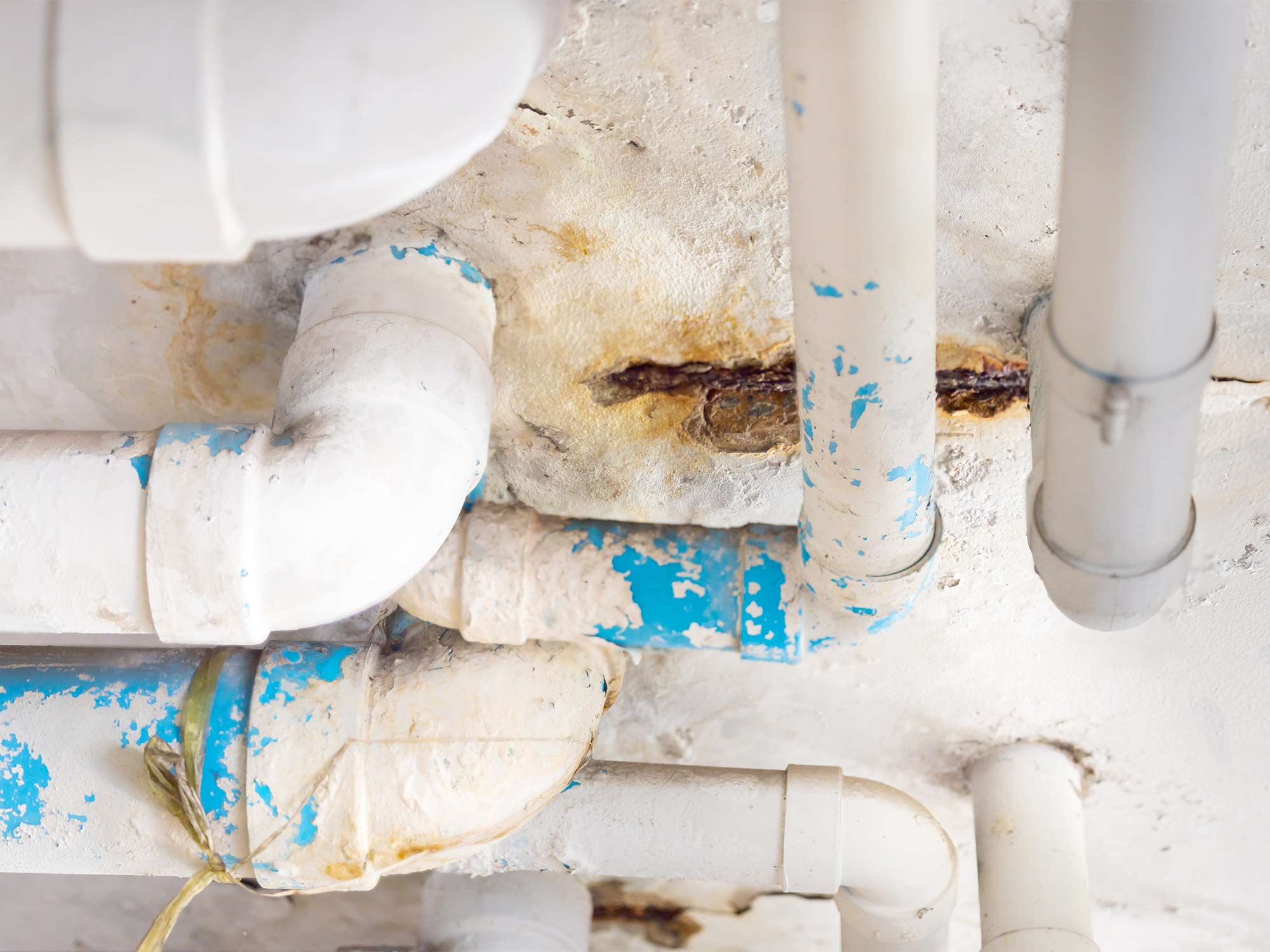Lead contamination in drinking water is a serious health concern that can have long-term effects on your health, especially for children and pregnant women. Since lead is tasteless, odorless, and invisible in water, it can be difficult to detect without proper testing. In this blog, we’ll discuss how lead gets into your water, the risks it poses, and how you can determine if your drinking water is contaminated.
How Does Lead Get Into Drinking Water?
Lead typically enters drinking water through corrosion of plumbing materials, especially in older homes and buildings. Common sources include:
- Lead Pipes – Homes built before the 1980s may have lead service lines that can leach lead into the water supply.
- Brass Faucets and Fixtures – Older plumbing fixtures may contain lead, which can slowly dissolve into your drinking water.
- Lead Solder – Until 1986, lead-based solder was commonly used to join copper pipes, and over time, this can introduce lead into the water.
- Municipal Supply Lines – Even if your home has safe plumbing, lead can still enter from aging water mains and service lines.
Signs That Your Water May Contain Lead
Since lead in water has no distinct taste, smell, or color, it can be difficult to detect without a professional test. However, the following signs might indicate a potential risk:
- Your Home Was Built Before 1986 – Older homes may have lead pipes or galvanized pipes, fixtures, or solder.
- Discolored Water – While lead itself is invisible, rusty or brown water may signal corroding pipes, which can be a source of lead.
- Metallic Taste – While not always due to lead, a metallic taste in water could indicate high levels of metals, including lead.
- Frequent Plumbing Issues – Corroding pipes or low water pressure may be signs of deteriorating plumbing, which could be leaching lead.
How to Test for Lead in Drinking Water
The only sure way to know if your water contains lead is through testing. Here’s how you can do it:
- Home Lead Test Kits – Available at hardware stores, these kits provide a basic indication of lead presence. However, they may not be as accurate as lab tests.
- Certified Laboratory Testing – Many state and local health departments offer water testing services. You can also hire a certified lab for a more detailed analysis.
- Contact Your Water Supplier – Municipal water suppliers are required to provide annual water quality reports. Request the latest report to check for lead levels.
What to Do if Your Water Contains Lead
If your test results show lead contamination, take the following steps to reduce exposure:
- Use a Water Filter – Look for NSF-certified filters specifically designed to remove lead.
- Flush Your Pipes – Run cold water for at least 30 seconds to flush out lead that may have leached overnight.
- Use Cold Water for Cooking and Drinking – Hot water can dissolve lead more quickly than cold water.
- Replace Lead Plumbing – If possible, replace old pipes, fixtures, or service lines that contain lead. This is a no brainer to removing lead from your water. Simply eliminate the problem at the source.
- Use Bottled Water – For drinking and cooking, use bottled water if lead levels are high and no immediate solution is available. Since bottled water can be expensive and add up over time, this could be a temporary solution during a plumbing job to ensure healthier water for drinking and cooking.
One of the most common ways a home water system is cleaned of lead is to remove the old piping through a process called repiping. When you substitute old pipes with updated high-grade PEX material or copper piping, you’re ensuring nothing leaches back into your water.
To talk more about a home repipe or PEX repiping solution, call the Repiping Plumbers today at 727-243-9111 to start the consultation process. The sooner you have clean water, the better!
Final Thoughts
Lead contamination in drinking water is a serious issue, but with proactive testing and safety measures, you can minimize your risk. If you suspect your home may have lead pipes or plumbing, testing is the best way to ensure your water is safe. Protect yourself and your family by staying informed and taking action if needed.
For more information on lead in drinking water and water quality testing, check with your local health department or the Environmental Protection Agency (EPA).




